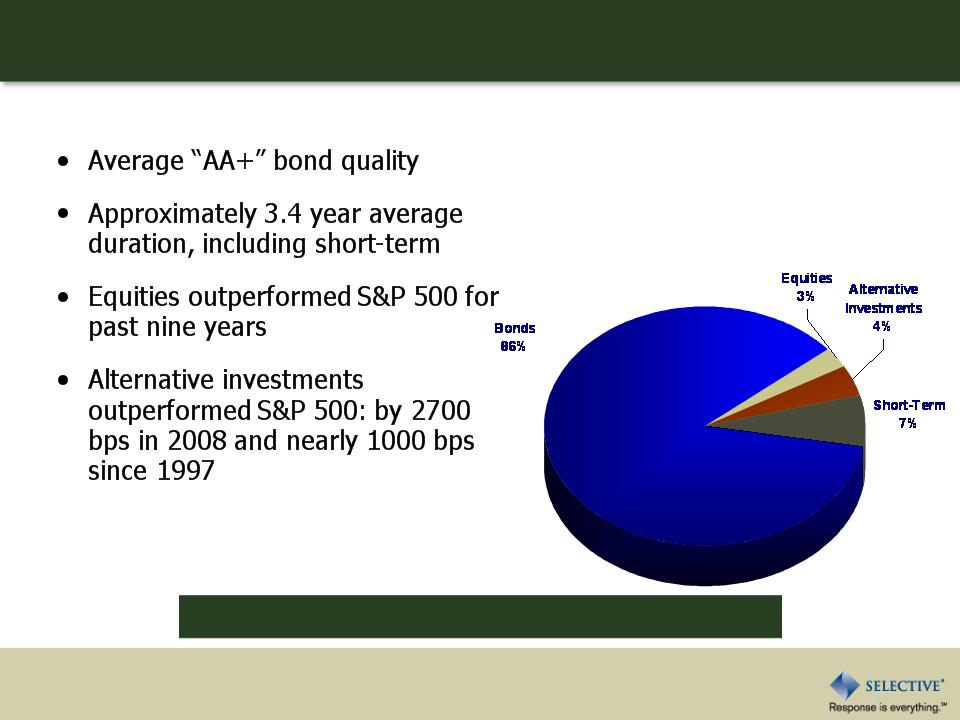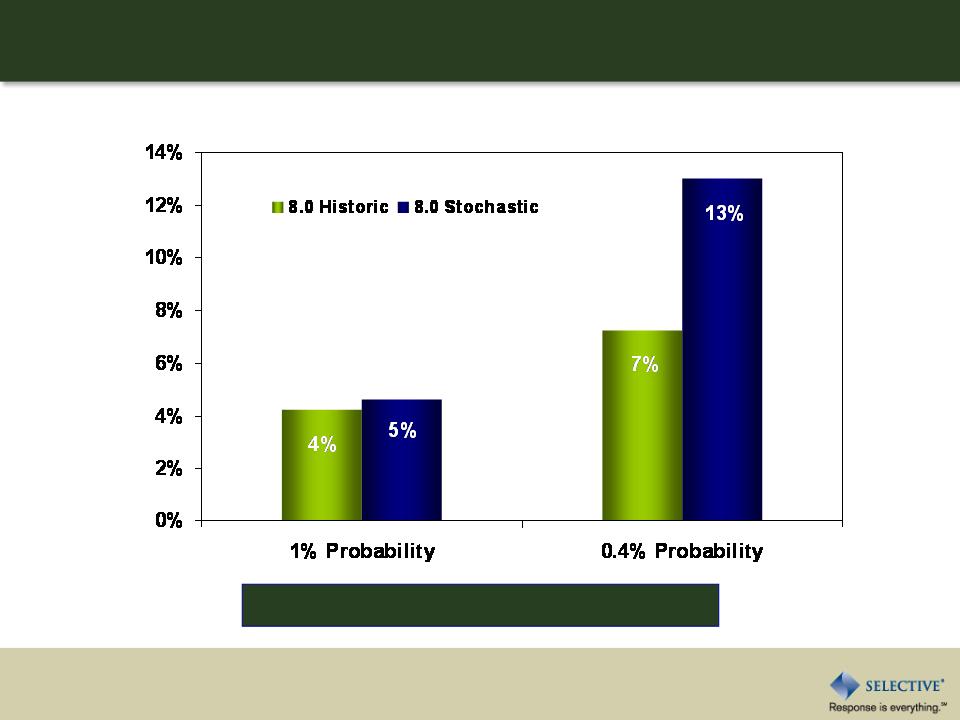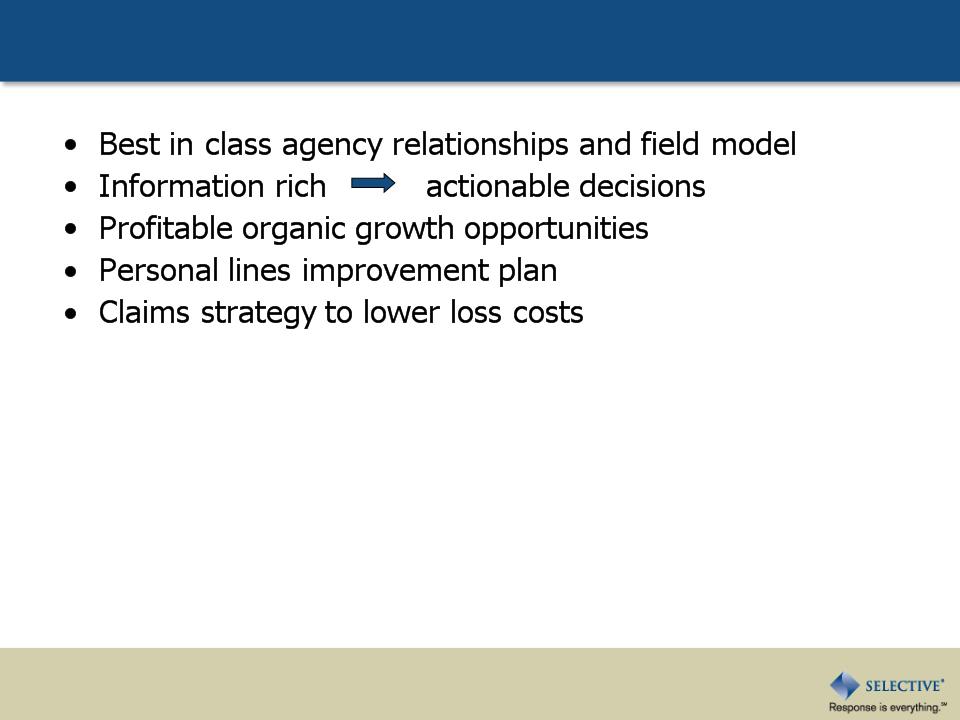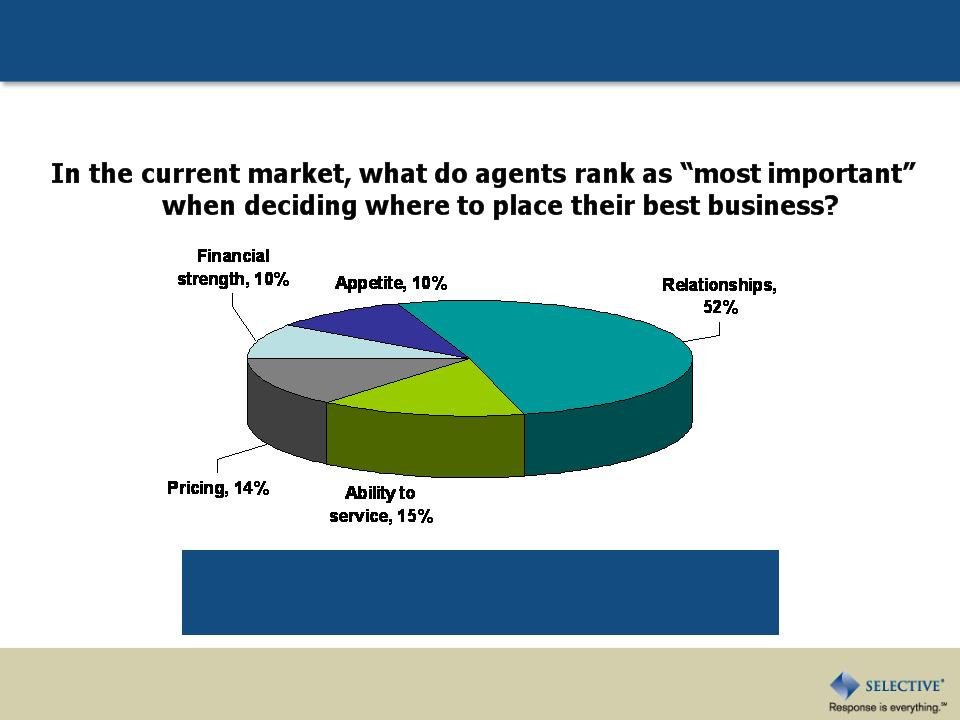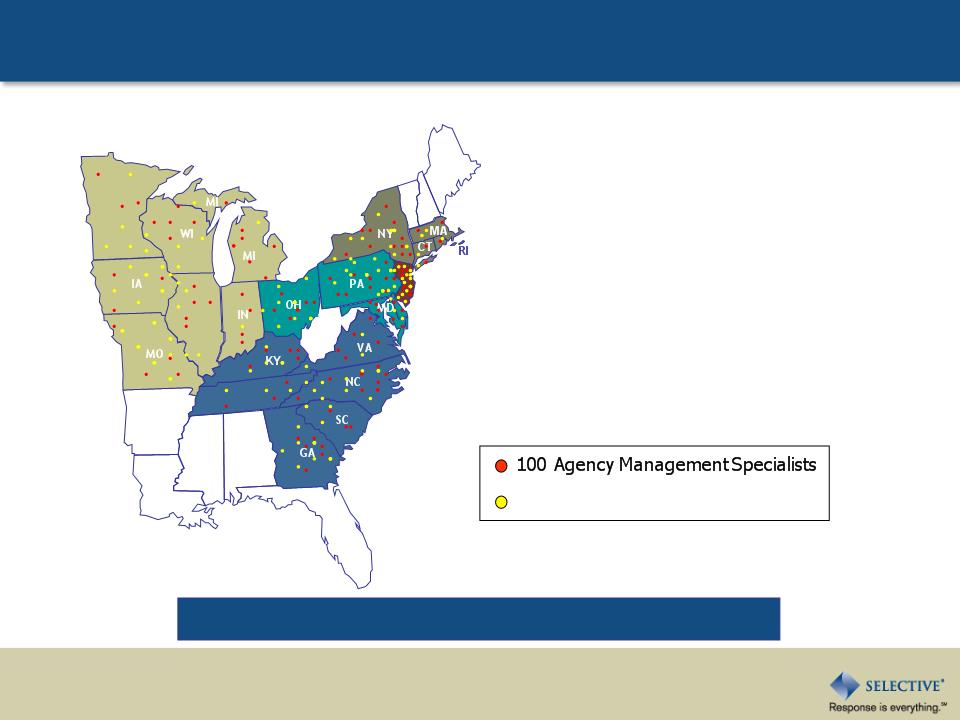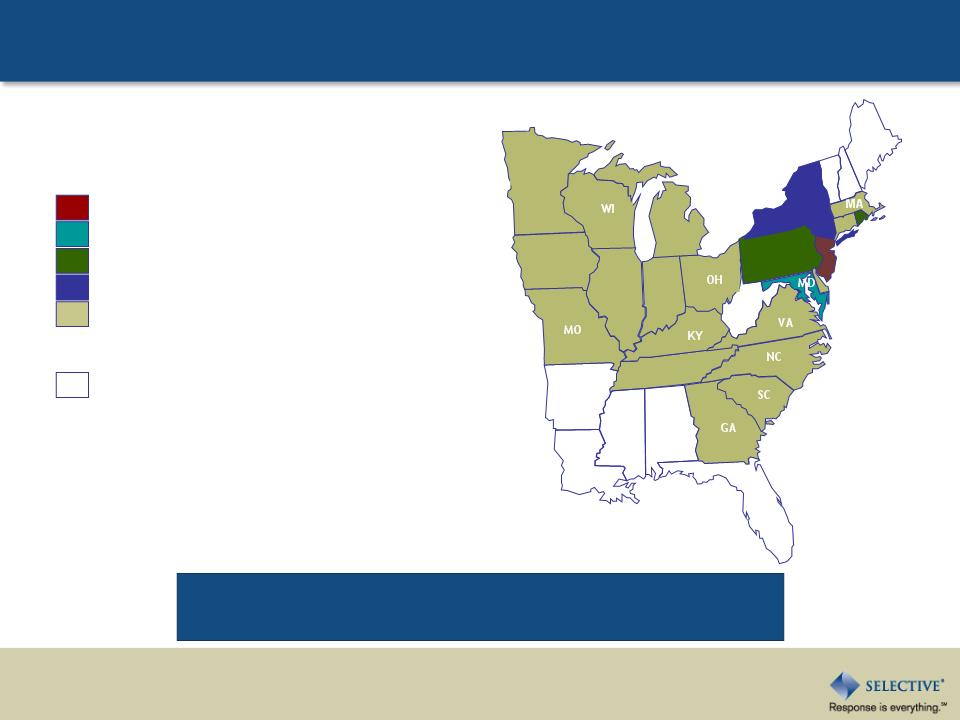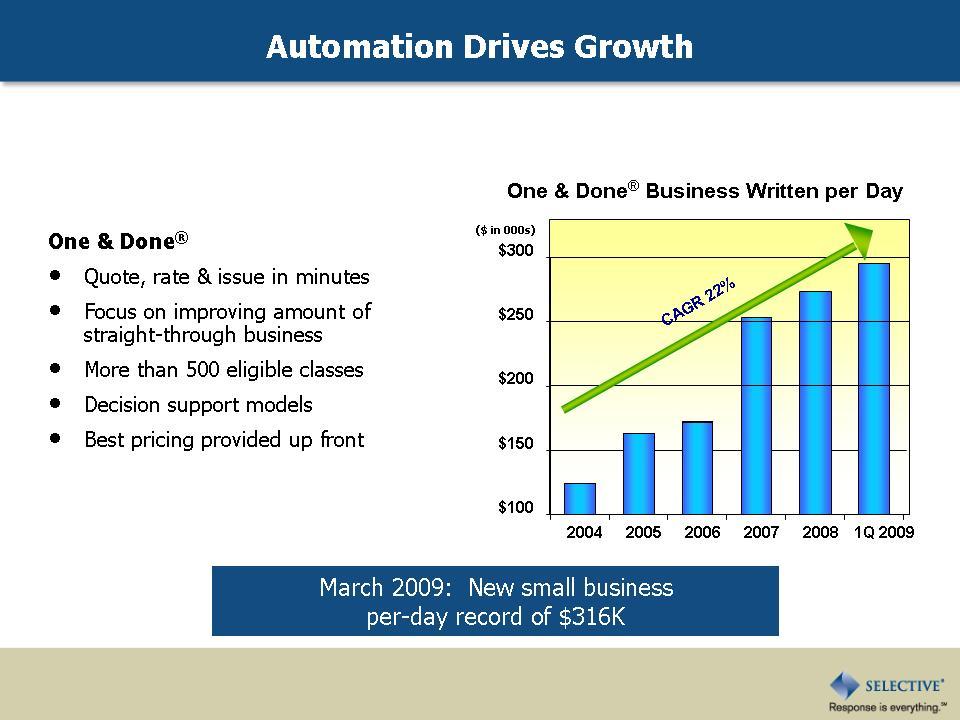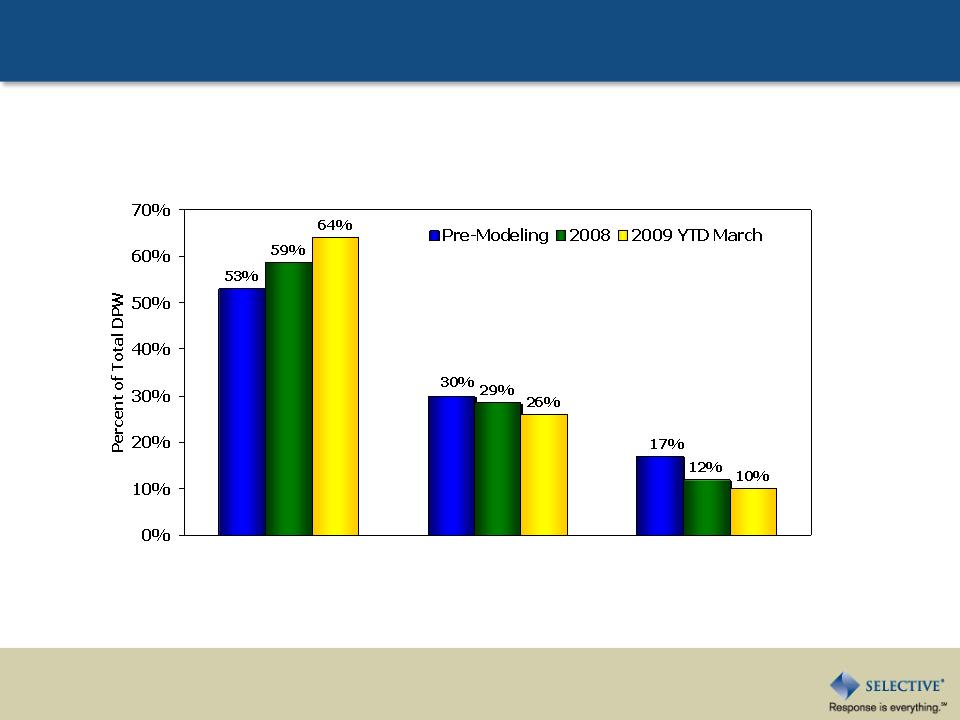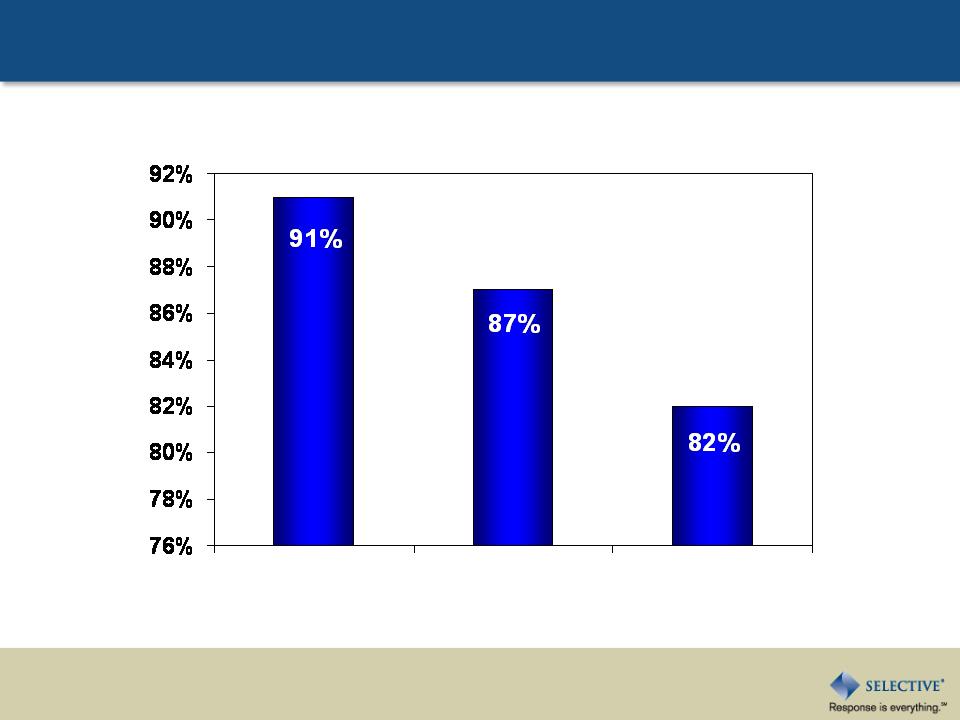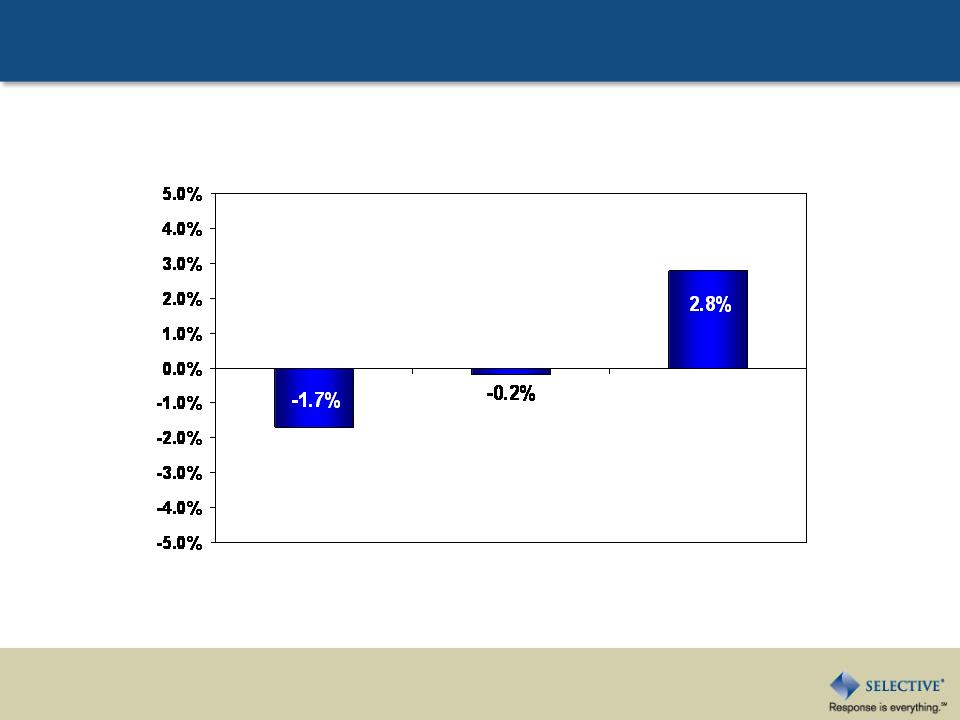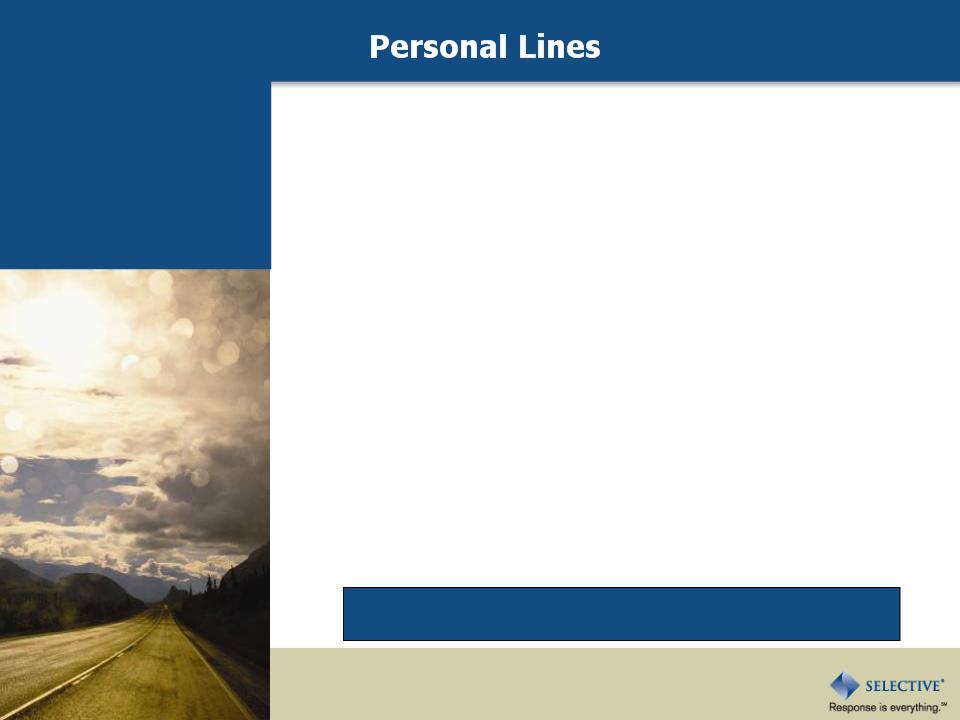
Certain statements in this report, including information incorporated by reference, are “forward-
looking statements” as that term is defined in the Private Securities Litigation Reform Act of 1995
(“PSLRA”). The PSLRA provides a safe harbor under the Securities Act of 1933 and the Securities
Exchange Act of 1934 for forward-looking statements. These statements relate to our intentions,
beliefs, projections, estimations or forecasts of future events or our future financial performance
and involve known and unknown risks, uncertainties and other factors that may cause our or our
industry's actual results, levels of activity, or performance to be materially different from those
expressed or implied by the forward-looking statements. In some cases, you can identify forward-
looking statements by use of words such as "may," "will," "could," "would," "should," "expect,"
"plan," "anticipate," "target," "project," "intend," "believe," "estimate," "predict," "potential," "pro
forma," "seek," "likely" or "continue" or other comparable terminology. These statements are only
predictions, and we can give no assurance that such expectations will prove to be correct. We
undertake no obligation, other than as may be required under the federal securities laws, to
publicly update or revise any forward-looking statements, whether as a result of new information,
future events or otherwise.
Factors, that could cause our actual results to differ materially from those projected, forecasted or
estimated by us in forward-looking statements are discussed in further detail in Selective’s public
filings with the United States Securities and Exchange Commission. These risk factors may not be
exhaustive. We operate in a continually changing business environment, and new risk factors
emerge from time-to-time. We can neither predict such new risk factors nor can we assess the
impact, if any, of such new risk factors on our businesses or the extent to which any factor or
combination of factors may cause actual results to differ materially from those expressed or
implied in any forward-looking statements in this report. In light of these risks, uncertainties and
assumptions, the forward-looking events discussed in this report might not occur.
Forward Looking Statement





